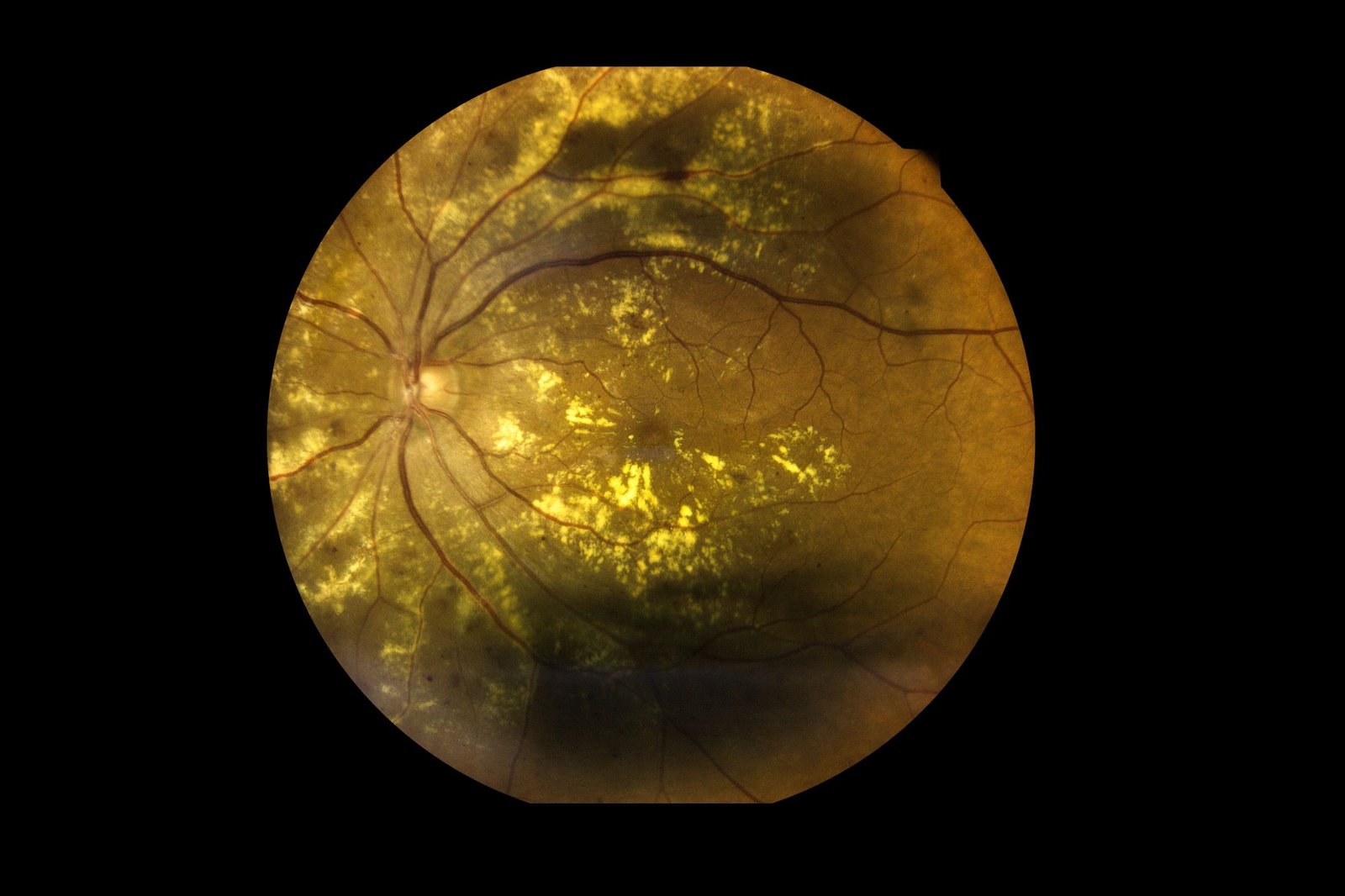A team of researchers has uncovered the cellular pathology of “dry” age-related macular degeneration (AMD) and discovered a potential cause: a dysfunction in the process by which retinal cells remove waste products.
what
A research team from the NIH and Johns Hopkins University in Baltimore has detailed how changes in a factor called AKT2 affect the function of lysosomal organelles and produce drusen deposits in the retina, a hallmark of dry age-related macular degeneration. The researchers suggest that the discovery of drusen formation is a downstream effect of AKT2-related lysosomal dysfunction and may represent a new target for therapeutic intervention.
Lysosomes are like cellular garbage dumps and play a vital role in maintaining the eye’s light-sensing retina. The cells that make up the retinal pigment epithelium (RPE) supply oxygen and nutrients to the retina’s active neurons, as well as collect and process waste products through lysosomes. The inability to process these waste products leads to the formation of drusen, which increase in number and volume as AMD progresses. Despite extensive research, drusen formation remains largely mysterious.
the study
In this study, Kapil Bharti, PhD, and Ruchi Sharma, PhD, co-directors of the Ocular Stem Cell and Translational Research (OSCTR) Branch within the NIH National Eye Institute Intramural Research Program, manipulated AKT2 expression levels in the RPE of mice. When they overexpressed AKT2, lysosomes lost their normal function and the mice developed dry AMD symptoms, including RPE degeneration.
Similar features were observed in RPE cells taken from human donors with AMD, or generated from the patients’ stem cells. Cells from donors with a genetic mutation called CFH Y402H, which increases AMD risk, had higher expression of AKT2, functionally defective lysosomes, and formed drusen deposits.
Giving hope
The researchers say the findings could form the basis for future treatments for dry AMD, for which there is currently no cure. AMD is one of the most common causes of vision loss in the U.S. Patients with dry AMD develop drusen in the area of the light-sensing retina called the macula, which is used to provide sharp central vision.
It was noted that this study builds on previous work published by Dr. Ruchi Sharma of NEI’s Department of Ocular Stem Cell and Translational Research, who developed a stem cell-derived RPE model from AMD patients ( Sharma et al., 2021 ).

